When it comes to choosing a car, aesthetics and performance are only part of the equation. A factor that’s equally critical—but often overlooked—is build precision.
A car with exceptional build quality exudes a sense of solidity, where every panel lines up perfectly, gaps are uniform, and materials feel tightly assembled. These cars not only deliver a premium feel but also ensure long-term reliability and quieter rides.
Superior build precision is often a mark of thoughtful engineering and rigorous quality control, translating to better safety and owner satisfaction.
On the flip side, there’s nothing more frustrating than a car that begins to rattle and shake after only a few years on the road.
Poor panel alignment, flimsy materials, and inconsistent manufacturing can lead to squeaks, creaks, and vibrations that detract from the driving experience.
These issues aren’t merely cosmetic; they can indicate deeper structural shortcomings and potential longevity concerns.
In this article, we highlight two contrasting sets of vehicles. First, we celebrate five cars renowned for their exceptional build precision, vehicles that set the benchmark for tight tolerances and robust construction.
Then, we examine five cars notorious for rattling panels and loose assembly, cautioning buyers to be wary. Let’s dig into what sets the best apart—and what holds the worst back.
Also Read: 5 Cars That Nail Voice Commands and 5 That Mishear Constantly
5 Cars With Excellent Build Precision
Build precision is often what separates a good car from a great one. While performance figures and flashy designs may catch the eye, true craftsmanship reveals itself in the quiet details: the seamless way panels fit together, doors that close with a reassuring thud, and interiors where every switch and button feels meticulously placed.
High build precision is more than an aesthetic achievement—it directly impacts a car’s durability, refinement, and overall driving experience.
When a vehicle is constructed with tight tolerances and exceptional attention to detail, it tends to age gracefully, maintaining its structural integrity and a cabin free from irritating noises and vibrations.
Manufacturers that prioritize build quality invest heavily in research, materials, and production processes to ensure consistency from the first car off the line to the last.
This often involves advanced robotics, stringent quality checks, and a corporate culture that values excellence at every level.
The result? Vehicles that not only feel better from the driver’s seat but also instill greater confidence in their long-term dependability.
In this section, we spotlight five cars that exemplify build precision at its finest. These models have earned reputations for impeccable construction, where every component works in harmony to deliver a cohesive, high-quality experience.
Whether it’s the perfect alignment of body panels or the solid heft of interior materials, these vehicles stand as benchmarks of what true build excellence looks like.
We’ll explore each car in detail, explaining why it deserves recognition for setting the gold standard in manufacturing precision.
1. Lexus LS
The Lexus LS has long been a benchmark for build precision in the luxury sedan segment. From the moment you approach the car, its meticulous construction is evident. Body panels align with near-microscopic gaps, and every surface feels laser-cut and carefully assembled.
Open the doors, and you’re greeted by a cabin that reflects Japanese craftsmanship at its finest—soft-close mechanisms, precision-stitched leather, and solid, tactile controls that reinforce a sense of quality.
Lexus is known for its obsessive attention to detail, and the LS epitomizes this ethos. Assembly takes place at the brand’s Tahara plant, often hailed as one of the most advanced automotive factories in the world.
Here, master craftsmen known as Takumi oversee production, ensuring every car meets Lexus’s exacting standards. The result is a sedan that not only feels premium when new but remains whisper-quiet and rattle-free even after years of use.
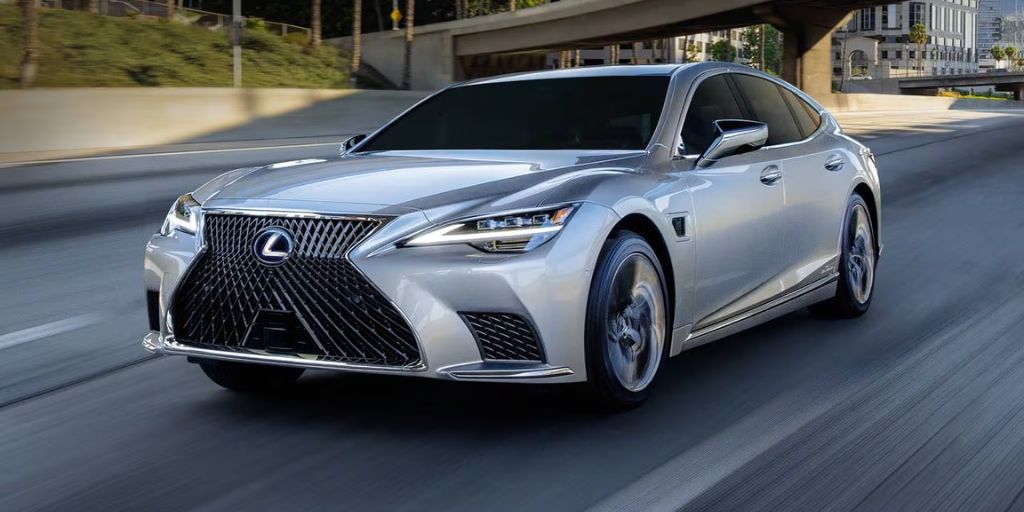
Beyond aesthetics, the LS’s build quality contributes to a serene driving experience. The tight construction minimizes vibrations and road noise, allowing the car’s impressive sound insulation and adaptive suspension to shine.
Whether cruising at highway speeds or navigating city streets, the LS maintains its composure and refinement, setting it apart from many rivals.
Choosing the Lexus LS means investing in a vehicle that’s engineered for longevity and flawless operation. It’s a prime example of what’s possible when a brand places build precision at the heart of its identity.
2. Mercedes-Benz E-Class
The Mercedes-Benz E-Class has long been a symbol of solid German engineering, and its reputation for build precision is well deserved.
This mid-size luxury sedan (and wagon) showcases the brand’s commitment to quality in every aspect of its design and construction.
Walk around the vehicle, and you’ll notice impeccably aligned bodywork, flush-fitting glass, and high-grade materials that speak to meticulous assembly.
Step inside, and the precision continues. The cabin is a masterclass in thoughtful ergonomics and craftsmanship. Every button, dial, and seam feels engineered with purpose, offering a tactile response that reinforces the car’s premium character.
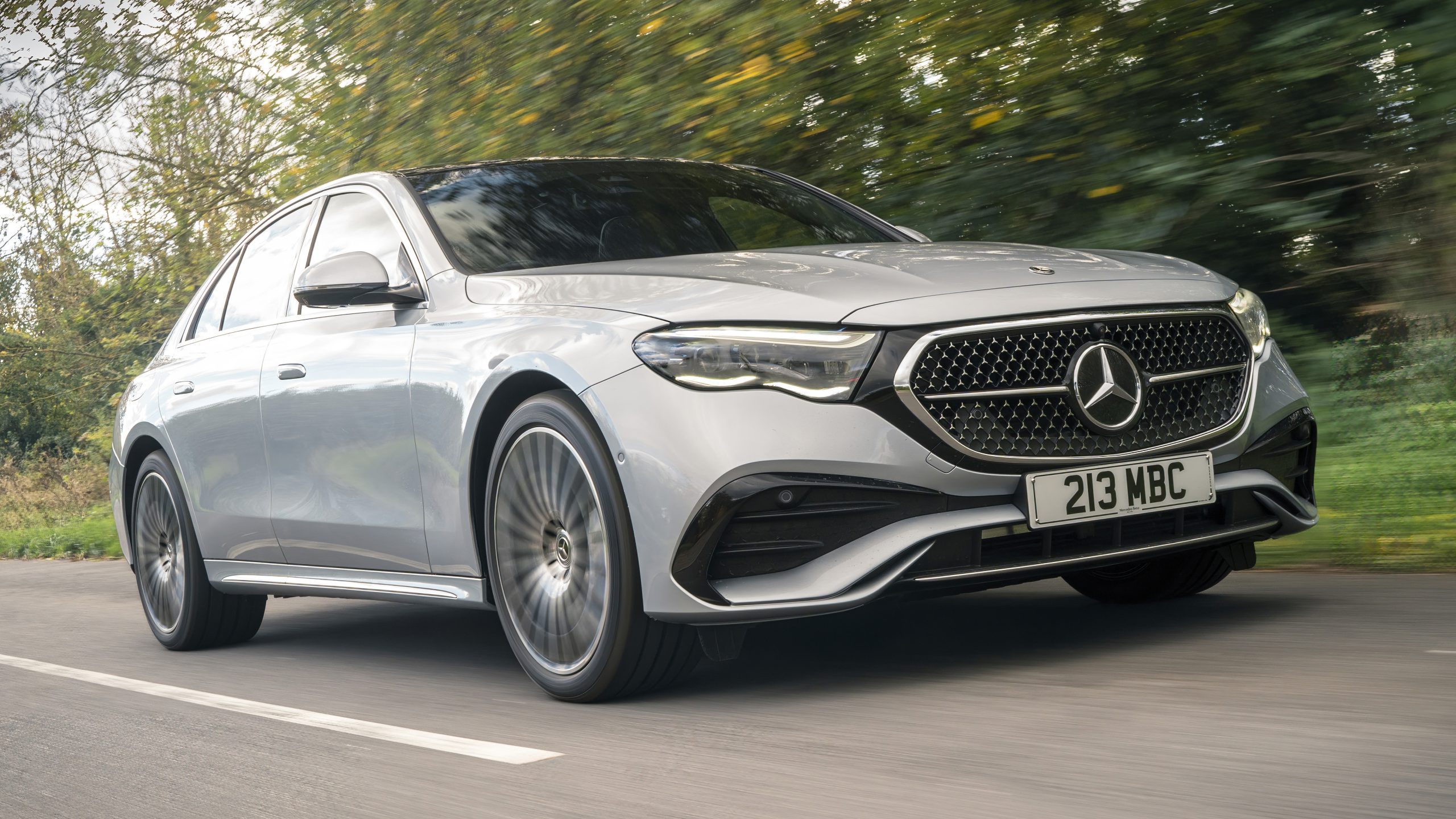
Even after several years of ownership, E-Class interiors hold up impressively well, resisting squeaks, rattles, and wear that plague lesser-built vehicles.
Mercedes-Benz utilizes state-of-the-art production facilities, like the one in Sindelfingen, Germany, where rigorous quality control ensures each E-Class rolls off the line to exacting standards.
Robots handle precise welds and joins, while human inspectors perform detailed checks to catch the smallest imperfections. This blend of technology and human oversight results in a vehicle that exudes a vault-like solidity.
The E-Class’s precise build quality isn’t just about aesthetics—it enhances safety and driving comfort. Its stiff chassis and tight panel fits contribute to excellent crash-test performance and a supremely quiet cabin, even at highway speeds.
The reassuring “thunk” of its doors closing has become legendary and remains a hallmark of Mercedes excellence.
In sum, the E-Class stands out as a paragon of build precision, offering drivers a reassuring sense of durability and timeless sophistication.
3. Audi A4
The Audi A4 is a standout in the compact luxury sedan segment, widely praised for its crisp design and, more importantly, its remarkable build precision.
Audi’s reputation for tight panel gaps and impeccably assembled cabins is epitomized in the A4, a car that seamlessly blends understated elegance with technical excellence.
On the exterior, every crease and contour of the A4 feels purposeful, with laser-straight panel lines and flawless paintwork.
The door fitment is exact, and the consistency in how panels align—even after years of use—reflects the brand’s focus on durability and long-term quality.
This precision extends to the underbody and engine bay, where components are meticulously placed and secured.
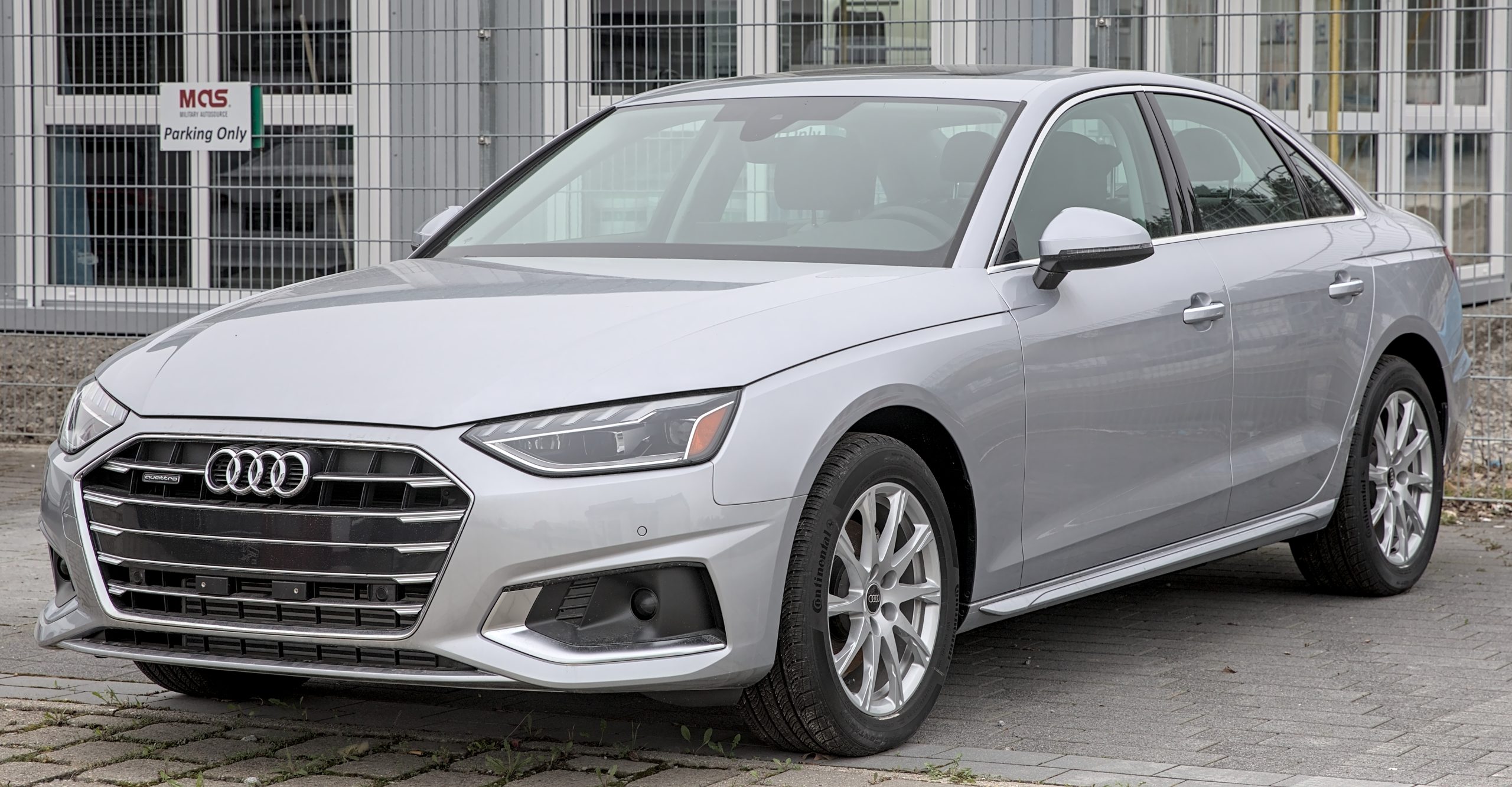
Inside, the A4’s cabin sets the bar high. Audi is renowned for its clean, modern interiors, and here, every material—whether it’s aluminum trim, soft-touch plastics, or leather upholstery—is integrated with precision.
The tactile feedback of buttons and controls feels engineered to perfection, enhancing the driver’s sense of connection with the car. Even after prolonged ownership, the A4 resists the creaks and rattles that many rivals fall victim to.
Audi’s production facilities, such as its Ingolstadt plant, are known for their use of cutting-edge robotics and quality control processes that minimize human error and maximize consistency.
This attention to detail ensures that each A4 maintains its structural integrity and refinement over time.
For buyers seeking a compact luxury sedan that feels as solid as it looks, the Audi A4 stands as a testament to what precise engineering and craftsmanship can achieve.
4. Toyota Land Cruiser
The Toyota Land Cruiser has earned a legendary reputation worldwide, not only for its off-road prowess but also for its exceptional build precision and durability.
This rugged SUV is built to withstand the harshest environments—whether it’s the deserts of the Middle East, the jungles of South America, or icy mountain trails—without compromising structural integrity.
Externally, the Land Cruiser showcases impeccable body alignment and robust construction. Its panels are thick and well-fitted, designed to endure extreme conditions without developing rattles or looseness over time.
Even in regions where other vehicles struggle to survive, the Land Cruiser’s doors continue to close with reassuring solidity, and its frame remains impressively rigid.

Inside, Toyota applies the same level of detail. Though the interior design leans toward practicality over luxury, every component—from dashboard controls to seat mechanisms—is engineered with longevity in mind. The fit and finish are excellent, ensuring that squeaks and rattles are rare, even after years of hard use.
Manufactured in highly controlled environments, Toyota’s rigorous quality assurance processes ensure each Land Cruiser meets strict standards before delivery.
The result is a vehicle that, while often used in punishing conditions, remains remarkably free of the annoying vibrations and structural weaknesses that can plague lesser-built SUVs.
For anyone seeking a vehicle that combines precise assembly with unrivaled toughness, the Toyota Land Cruiser exemplifies what can be achieved when build quality is a top priority. It’s a true workhorse with a reputation for reliability that few vehicles can match.
5. Porsche 911
The Porsche 911 is an icon not just for its performance and heritage but also for its legendary build precision. Assembled in Stuttgart, Germany, the 911 embodies the meticulous engineering that Porsche is known for, blending high-performance capability with a fit and finish that’s second to none in the sports car world.
Externally, every 911 is sculpted with precision. The body panels are laser-aligned, creating a seamless look that highlights the car’s aerodynamic design.
Doors, trunk, and engine compartments close with a satisfying, solid click, and the paint finish is immaculate—often praised even among competitors in the luxury segment. Every element reflects Porsche’s insistence on perfection, whether viewed up close or at speed.
The interior is equally impressive. Porsche’s cockpit-style cabin features premium materials assembled with extreme care. Buttons, knobs, and digital interfaces operate with the kind of precision that makes every interaction feel engineered and intentional.
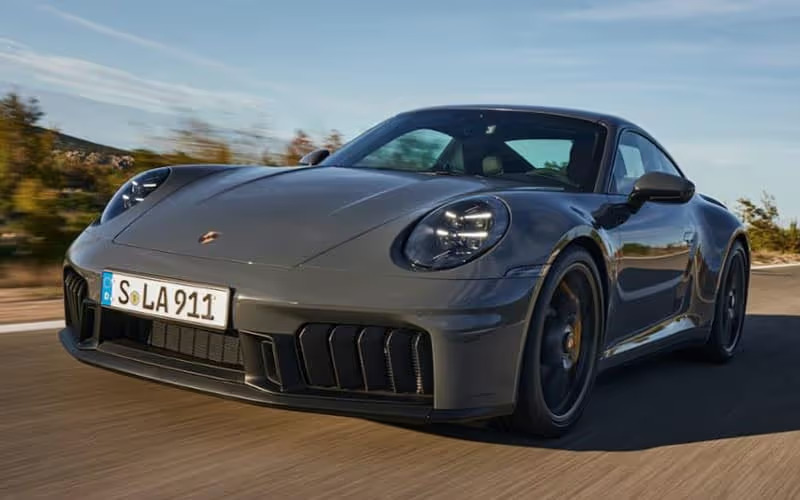
Over time, 911 owners often remark on the car’s resilience to wear, noting that the interiors remain squeak- and rattle-free even after extensive driving, including track use.
Porsche’s rigorous production process includes extensive manual oversight alongside robotic precision, ensuring every 911 meets exacting standards.
The result is a sports car that not only thrills with performance but also reassures with its structural solidity and attention to detail.
For enthusiasts seeking both excitement and enduring quality, the Porsche 911 stands as a masterclass in what precise automotive manufacturing can deliver—combining passion and precision in a way few other cars achieve.
5 With Rattling Panels
While many car buyers focus on engine specs, design, and tech features, one critical aspect often overlooked until it’s too late is build quality. Unfortunately, not all vehicles are created equal when it comes to assembly precision and structural integrity.
Some cars, even from reputable manufacturers, fall short in this area, leading to a frustrating ownership experience filled with rattling panels, squeaky dashboards, and doors that never quite sit flush.
Poor build precision typically stems from inconsistent manufacturing processes, cost-cutting measures, or simply rushed production timelines. The result is a car that may look great on the showroom floor but begins to show its weaknesses after a few thousand miles.
Rattling panels aren’t just annoying; they can be a symptom of deeper issues, such as inadequate structural rigidity or the use of subpar materials that wear out prematurely. Over time, these problems erode driver confidence and can even affect resale value.
In this section, we highlight five vehicles that have gained a reputation for disappointing build quality.
These cars may excel in other areas—whether it’s performance, affordability, or design—but their tendency toward loose panels and cabin rattles significantly detracts from the overall experience.
Whether you’re a prospective buyer or a current owner frustrated by your car’s creaks and groans, understanding the pitfalls of these models can offer valuable insight.
Let’s delve into the details of these five cars and examine why they’ve earned their spot on this cautionary list of vehicles with rattling panels and suspect build quality.
1. Jeep Wrangler (JL)
The Jeep Wrangler JL is beloved for its off-road capability and rugged charm, but when it comes to build precision, it often leaves much to be desired.
Owners frequently report issues with rattling panels, especially after driving on rough terrain—a scenario where you’d expect this trail-rated SUV to excel.
Ironically, the Wrangler’s removable doors and roof, key features that set it apart, are often the source of persistent creaks and rattles.
Externally, while the Wrangler’s iconic boxy design is appealing, its panel alignment can be inconsistent. Doors sometimes don’t sit perfectly flush, and seals around the windows and removable roof panels may allow wind noise and vibration into the cabin.
These issues tend to worsen over time, especially if the vehicle sees regular off-road use, where flexing and jolts can amplify any initial weaknesses in assembly.
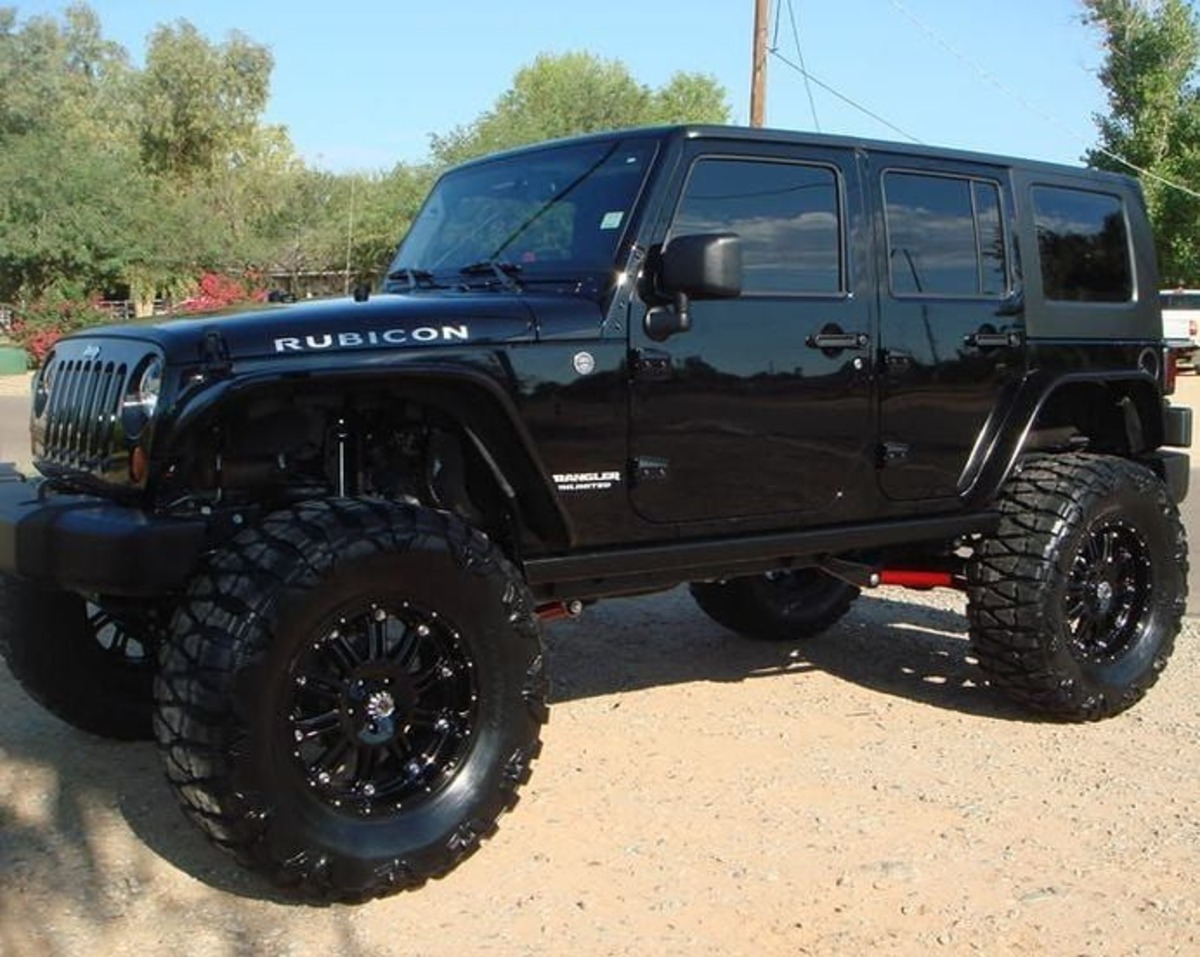
Inside, the Wrangler’s cabin—though improved in the JL generation—still suffers from cheap-feeling plastics and trim pieces that don’t always stay tight.
Many owners have noted that dashboard components and door panels develop squeaks, especially in colder weather or after repeated removal and reinstallation of the doors and roof.
While the Wrangler is unmatched in its off-road prowess and has an undeniable cool factor, its build quality shortcomings are hard to ignore for those expecting a more refined ownership experience.
Prospective buyers should be aware that part of the Wrangler package includes living with its rugged—and sometimes rattly—nature.
2. Chevrolet Trax
The Chevrolet Trax, a compact crossover aimed at budget-conscious buyers, offers practical urban mobility but falls short in terms of build precision.
Owners and reviewers alike have noted that while the Trax is affordable and easy to maneuver, its construction quality leaves room for improvement—particularly when it comes to rattling panels and interior durability.
Externally, the Trax often shows signs of cost-cutting, with panel gaps that can be inconsistent from one vehicle to the next.
Doors and tailgates sometimes lack the solid feel found in rivals, and over time, these components may begin to creak or develop minor alignment issues, especially in harsher climates or after repeated use.
The cabin is where the shortcomings become more pronounced. While the layout is functional, the materials used—especially in earlier model years—are dominated by hard plastics that don’t always fit together snugly.
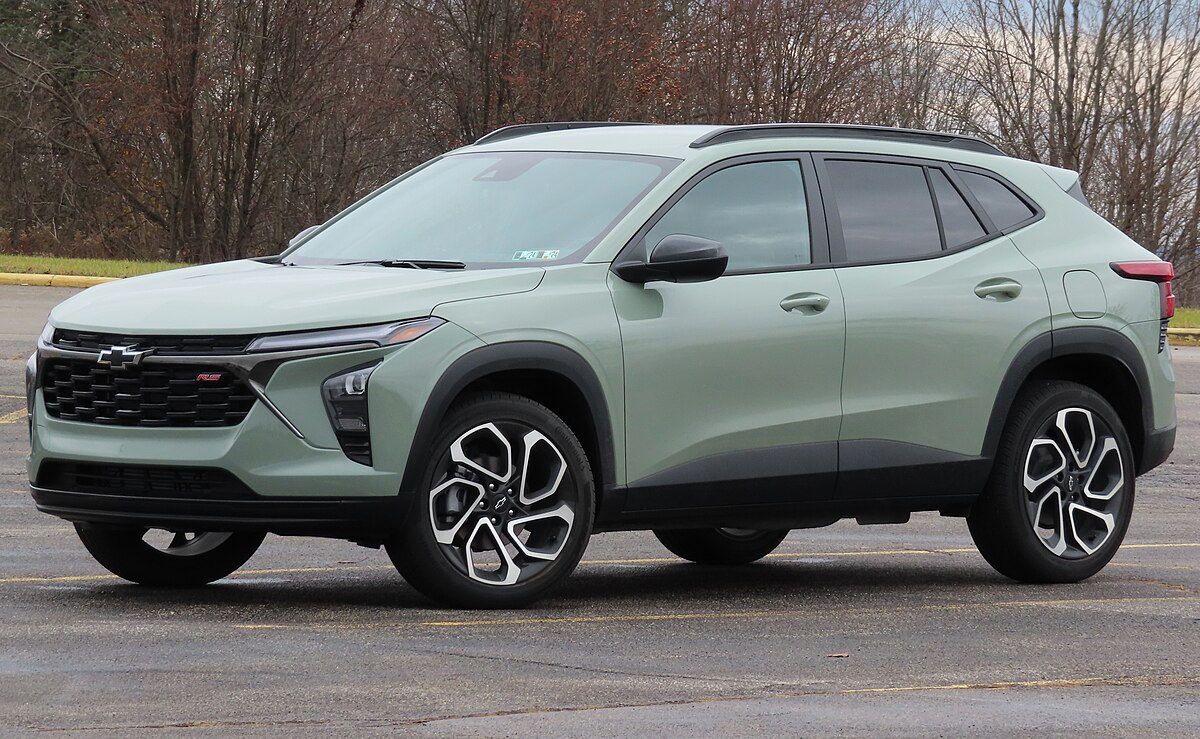
Many owners have reported dashboard rattles, door panel vibrations, and center console squeaks, particularly as the vehicle ages. Road and engine noise are also more noticeable inside the Trax, which amplifies the sense of looseness in the cabin.
Although Chevrolet has made some improvements over successive model years, the Trax still lags behind competitors like the Honda HR-V and Mazda CX-30 in terms of perceived build quality.
Buyers attracted by its low price and compact footprint should weigh these benefits against the likelihood of living with an interior that may start to feel unrefined and noisy sooner than expected.
3. Ford EcoSport
The Ford EcoSport is another subcompact crossover that has garnered attention for its budget-friendly pricing and compact size, but when it comes to build quality, it’s not without its flaws.
Known for its affordable entry price, the EcoSport often suffers from poor panel alignment and a noticeable lack of attention to detail in the manufacturing process. These shortcomings are particularly apparent when it comes to rattling panels and loose interior components.
Externally, the EcoSport’s body panels often exhibit uneven gaps, and the fit of the doors, particularly the rear one with its unconventional swing-out design, can feel imprecise.
Over time, the rear hatch tends to develop a tendency to rattle, which is a common complaint from owners.
Additionally, the door seals may start to degrade, allowing wind and road noise to seep into the cabin, contributing to a less-than-ideal driving experience.
Inside, the EcoSport doesn’t fare much better. The materials used in the cabin are low-quality, with hard plastics that don’t always fit perfectly. This can result in rattles from the dashboard, door panels, and center console, especially as the car ages.
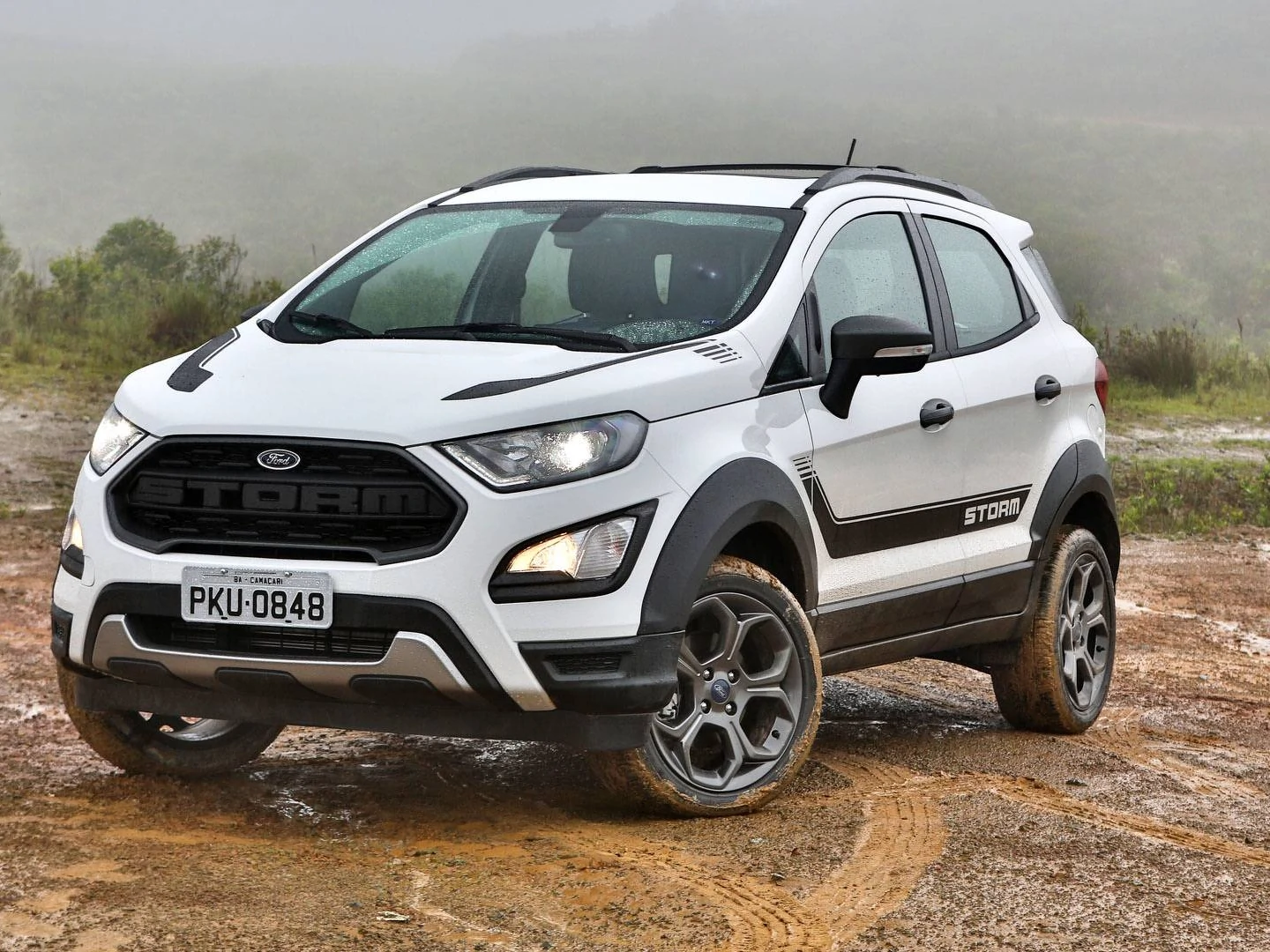
The soundproofing is also minimal, so road noise and the vibrations from the engine are more noticeable than in competing models from brands like Hyundai or Toyota.
While the EcoSport has its strengths, including its compact size and affordability, its build quality issues—particularly the rattling and loose panels—serve as a reminder that sometimes a lower price tag comes with a trade-off in durability.
4. Nissan Rogue
The Nissan Rogue is a popular compact crossover that has appealed to families and daily commuters due to its affordability and comfort. However, when it comes to build quality, particularly panel fit and assembly, the Rogue leaves much to be desired.
While it might look sleek and modern on the outside, owners often report frustration with loose or rattling panels, especially after a few years of ownership.
Externally, the Rogue is often plagued by panel alignment issues, with noticeable gaps between body parts that affect the overall finish.
Door seals can sometimes wear out prematurely, allowing for increased wind noise, and the fitment of the rear hatch has also been a recurring issue, with many drivers experiencing rattles or creaks when driving over rough terrain.
These rattling noises can become more pronounced as the car ages and is subjected to everyday wear and tear.
Inside, the Rogue’s interior is spacious and functional, but the build quality of its cabin materials doesn’t always match its price tag. Hard plastics, particularly around the dashboard and door panels, tend to loosen over time.

The combination of these less-than-ideal materials and the occasional rattling or squeaking components creates an atmosphere that doesn’t feel as solid or refined as some of its competitors in the segment.
While the Nissan Rogue has strengths in terms of practicality and affordability, its build precision is one area that could use significant improvement.
Prospective buyers should be mindful of the potential for rattling panels and squeaky interiors as the vehicle ages.
5. Chrysler 200
The Chrysler 200, a mid-size sedan once aimed at competing with the likes of the Toyota Camry and Honda Accord, unfortunately suffered from build quality issues, particularly when it came to rattling panels and inconsistent assembly.
Despite its sleek design and affordable price point, owners of the Chrysler 200 have frequently reported issues with loose components and noises that detract from the overall driving experience.
Externally, the 200’s body panels sometimes exhibit uneven gaps, and there are frequent complaints about the misalignment of doors and the trunk lid. Over time, these panel fitment issues can lead to rattles and squeaks, especially when driving over bumpy roads or highways.
The rear deck and side panels, in particular, seem prone to developing the most noise, which can be distracting and diminish the vehicle’s sense of quality.
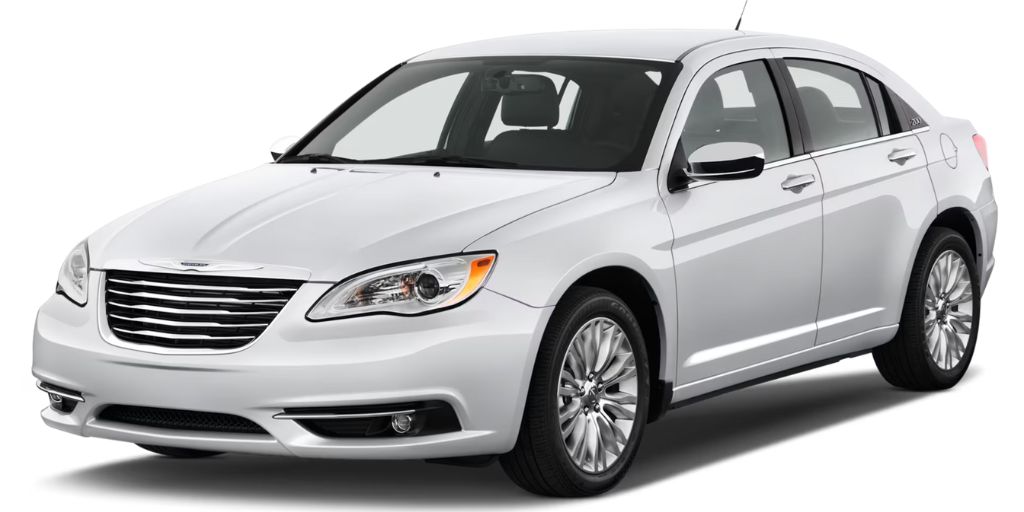
Inside, the cabin is where the 200 shows further signs of poor build quality. Although the interior layout is generally considered modern and functional, many owners have reported issues with the fitment of dashboard components, door panels, and center consoles.
These pieces often develop annoying squeaks, rattles, and vibrations, especially in older models. The materials used in the cabin also tend to feel cheap, with hard plastics and low-quality fabrics contributing to a less-than-premium experience.
While the Chrysler 200 has its merits in terms of styling and affordability, its build quality issues—specifically the rattling panels and interior inconsistencies—make it difficult to recommend for those seeking a long-lasting, solid vehicle.
The difference between vehicles with excellent build precision and those plagued by rattling panels goes far beyond mere aesthetics—it affects the long-term ownership experience, comfort, and reliability of a car.
In this comparison, we’ve seen the distinction between manufacturers who invest in meticulous assembly processes and those whose models may struggle with consistent quality control.
The cars highlighted in the “5 Cars With Excellent Build Precision” section demonstrate the benefits of a focused approach to craftsmanship.
Vehicles like the Lexus LS, Mercedes-Benz E-Class, and Porsche 911 embody what happens when quality is prioritized at every stage of production.
These cars are not only engineered to deliver superior performance but also to maintain their structural integrity and quiet, refined cabins throughout the years.
The tight panel gaps, solid door closures, and rattling-free interiors of these vehicles create an ownership experience that feels both luxurious and enduring, providing peace of mind for drivers who demand perfection.
In contrast, the cars in the “5 With Rattling Panels” section highlight the consequences of cost-cutting measures or inconsistent manufacturing.
While vehicles like the Jeep Wrangler and Chevrolet Trax offer functional benefits, their build quality issues—such as loose panels and squeaky interiors—can detract from their overall appeal.
These rattles are not just minor annoyances; they can signal deeper problems with the vehicle’s structural durability, reducing long-term satisfaction and potentially hurting resale value.
The Nissan Rogue, Ford EcoSport, and Chrysler 200 also fall short in this area, with interior noises and misaligned panels often becoming persistent problems as the car ages.
Ultimately, while design and features matter, build quality should be a key consideration when choosing a vehicle.
A well-constructed car not only feels more premium and reliable but also provides a more enjoyable driving experience that lasts for years, free from the frustrations of rattles and loose panels.

